Clay Cook is an Advertising and Editorial photographer who has worked with clients ranging from the NFL to Red Bull, and been published in Forbes, Popular Mechanics, Adweek, USA Today, ESPN, and more. To see more of his work, visit his website or follow him on Instagram.
This article was originally published on Clay’s blog, and is being reprinted in full on DPReview with express permission.
We all have our dreams, some are simple while others are complex, buried with the overwhelming mountain of hurdles. I began my creative career in the one of the most complex industries: music. The business of music is just like any other business, except it’s competitive and hard to navigate as a poor teenager who lives in their parent’s basement.
But somehow I survived for a few years, and I have the scars to prove it. We toured and recorded albums, yet never seemed to make it where we always dreamed to be. One minute we had a breakthrough, the next we took ten steps back.
I often think about what was to blame, or who was to blame. But in the end I chock it up to timing. We happened to choose one of the worst times in the history of music to succeed. Free music was the new thing and the sales of compacts discs were crashing at an alarming rate. I often felt like my band was running on a treadmill, covered in sweat, yet never making any big leaps toward fame, fortune and my dream: to be my own boss.
It’s not often that people live out their dreams. But, what happens when you do? What happens when you achieve every single goal in your path? How do you plan for the future when you have nothing to chase?
These are questions I recently had to ask myself, because I accomplished the one dream that had been hanging in my head since I started photography. It may seem simple, but for me it was complex. My dream was to photograph Jennifer Lawrence
I grew up most of my adolescent life in a nice neighborhood, my family owned and operated a successful distribution business, so we lived a good life. Through the music industry I learned a lot the hard way, but was setup to succeed from an early age. Several houses up from ours lived the Lawrence family: Karen and Gary, two brothers Blaine and Ben and a bright-eyed, spunky-blonde Jennifer. Throughout high-school, my older sister dated Ben for a few years and often babysat young Jennifer. While I didn’t have much of a connection to Jennifer or the Lawrence family, my sister certainly did.
As we grew older, we went to different schools and Jennifer eventually moved and didn’t think much about it. That is until some years ago, when I received an email from my mom alerting me that Jennifer Lawrence, the girl down the street was to be in a movie with Charlize Theron called “Burning Plain.” I watched the film and smiled. When Jennifer starred in “Winter’s Bone” and took home the Academy Award, I felt proud. In a small town such as Louisville, Kentucky everyone seems to have their connection to Jennifer. While my connection may be more significant than the grocery clerk that helped Jennifer’s cousin find powered sugar one day, it’s not a connection where I claim to be close.
 |
Today, Jennifer Lawrence is considered one of the most popular A-List celebrities in the world, a title that is well-deserved. I not only wanted to photograph her, but I wanted to do it organically. I wanted to work as much as possible to be the photographer chosen to capture Jennifer for “X” client. I constantly kept it in the back of my mind and didn’t tell many. It was a long term goal, one I expected to require years to achieve.
I wanted to earn it.
Shortly after the safe return from our adventure in Iraq, I received a call from my friend Coury Deeb, Founder of Nadus Films—a production company based in Louisville that works heavily the non-profit industry. Coury had been working closely with Meredith and Karen Lawrence, who collaborate with Jennifer for her foundation. The Jennifer Lawrence Foundation supports various other non-profit organizations with a primary focus of children in need.
The Lawrence family were neck deep in planning the “The Power of One” fundraising event presented by the Jennifer Lawrence Foundation and the Frazier History Museum; which recently just opened the doors to The Hunger Games: The Exhibition. The interactive exhibit features actual costumes and props from the production of The Hunger Games series. It’s a massive exhibit that soaks up the focus of the entire museum. It totally made sense to utilize that atmosphere to host this fundraiser. Lucky for us, the foundation was interested in having the event captured Nadus style.
While over numerous meetings and countless ideas, we landed on a plan of action. Nadus Films would document the event while I photographed Jennifer in two studio sessions. One being a portrait sitting with various children that the foundation supports and the other being a portrait sitting with her solo and a few friends who are attending the event with her. Leading up to the event we hit a few hurdles. The portrait sitting would have to be quick, it would have to feel more candid and most importantly, we had to keep it fun. No big deal.
I then made a few calls to some friends in the photography industry. First, Sarah Oliphant of Oliphant Studios. I had envisioned a dramatic black and white candid portrait with the children. A mood that felt very light-hearted, yet natural and intimate. I wanted to use a dark background, but with enough character to float behind the subject. In other words, I didn’t want Jennifer to fall into blackness, I wanted some gray surface texture to lift the contrast. I don’t often work with black as a background but gray, so I was thrilled when Sarah provide an option that could cater to my vision.
On the flip side, it would be an alternate background with more of a warm tone and a strong vignette. A background that more of a standard style of what you would see in a Leibovitz photograph. I would use both of these canvas backdrops over a period of two days.
The next call was to Digital Transitions—a New York based retailer for Phase One and various other top professional photography brands. I can depend on Digital Transitions for providing a quick rental program for the Phase One system. In this case: a Phase One IQ3 80MP XF Medium Format Camera with a Schneider Kreuznach 40-80mm LS f/4.0-5.6 Lens.
The reason I chose to shoot with a medium format over my workhorse a Canon 5D Mark III is actually several reasons.
Firstly, I wanted the resolution. I didn’t quite know what to expect. I knew the shoot would be very quick and fast-paced so the massive resolution of the digital file would provide a breath of options in post-processing. We could crop in dramatically or alter exposure without sacrificing the image quality—in other words, it was a safety in case I just can’t nail it in camera.
Secondly, I wanted the beautiful buttery look that a medium format camera offers, which if used right can resemble film. While I prefer a deep depth of field in most of my photography, I wanted this particular series to feel warm and soft with a dramatic aura.
I felt confident about the tools in play, I just needed a plan of action for the setup including lighting, logistics and safety. With Jennifer Lawrence, I wanted to provide as much breathing room as possible. I knew we wouldn’t have but a few moments, so I needed the set to be versatile. It had to be the right light, open enough to offer multiple posing options without a change. Therefore, we went big and soft.
For both sessions we opted to use a Profoto D1modified with a 51” Large Profoto Deep White Umbrella with a 1.5 stop Profoto Umbrella Diffuser as a key light. As a fill light, we used a Profoto D1 modified with a 65” Extra Large Profoto Deep White Umbrella with a 1.5 stop Profoto Umbrella Diffuser. We feathered the key light to soften shadows and offer a more natural nature of light. The entire set was draped in black cloth to negate the bouncing of light and increase the density of the shadows on her face.
I was nervous. Although the bath of anxiety wasn’t caused by the fact that this was the most popular and successful celebrity that has stepped in front of my lens. It was because I wanted the image to honor Jennifer, and for my photography to align with her brand and our client The Jennifer Lawrence Foundation.
We arrived at the venue early, only to receive some bad news: the shoot with the children was cancelled. I felt disappointed, but was thankful for the opportunity to have the second day. Nevertheless, we loaded in all of our equipment just in case… I’m glad we did. Within an hour of the event taking place we received word that our portrait session with the children was a go, with only an hour window to prepare. Fortunately, this wasn’t our first rodeo with this style of project and we were prepared for anything to be thrown our way.
We had our location, we had our equipment and my assistants prepare the set while I mingled and covered the opening of the event. I spent a brief time pre-staging, pre-lighting and make sure all the preparations were made which we had planned for. After a quick autograph session, I tagged along with Jennifer through The Hunger Games: The Exhibition and led her to our “mock-studio” where we would photograph her with a few select children. This walk provided the time to briefly catch-up and make a connection.
As we arrived to the set, I pointed to a stool we had setup and began to hand-select various children. I made sure to keep her attention while we made slight adjustments to the light and brought in our first subject.
Jennifer had never met most of these children, so it was then my job to make the awkward moment fell just right. I fired the shutter while I did my best to guide Jennifer and the children to have more of a conversation, at the same time punched in awkward jokes to bring out some laughter. Instinctively, Jennifer jumped in and helped the process.
While I was only able to fire several frames per child, I was confident in what we we captured. After four sets of children, a small technical glitch and nearly 30 frames later, Jennifer bailed and headed out of the venue for the evening.
After the shoot, I felt fairly confident in the candid portraits, but naturally was hard on myself for my equipment acting up. Apparently, radio signals from the radios used in the building for the event had conflicted with our radio triggers used in the portrait setup and caused the lights to fire in an extreme rapid pace, resembling a theater strobe for about four seconds.
Luckily, it was during our final set, but it was certainly a learning experience.
The second day started early as we had a lot of setup and didn’t want a repeat of the hiccup from the previous day. Therefore, we spent meticulous time with the lighting and staging. While the set would primarily be used for a professional “portrait-booth” for guests of the fundraising event for the evening, our priority was the solo portrait of Jennifer. After nearly four hours of staging, we were ready.
I vividly remember pacing back and forth several minutes before Jennifer arrived on set. We got word that she would be arriving with an entourage, which included Frances Lawrence, Director of The Hunger Games film franchise, which only added to the pressure. This was my opportunity to open doors and it had to be right, it had to be perfect.
As Jennifer walked towards the set I gave her a gentle hug, asked her take a breath and sit next to a posing table we had pre-staged hours beforehand. After a 10-second spew of small talk, I picked up the Phase One IQ3 Medium Format Camera, focused and snapped the shutter. With one sudden pulse of the flash all the anxiety went away and I felt a push of adrenaline. With a swiftness, we blazed through various positions I had pre-set and thought out.
While Jennifer needed little direction, the smallest ideas helped her provide the expression I was seeking. After just eight photographs, Francis jumped in a for a couple of frames. I did my best to make a stiff moment more awkward, which resulted in both of them bursting in laughter. We kept it fun, we kept it light-hearted, and it was quick. Just 10 minutes later, after a gracious good-bye, Jennifer and her entire crew were off to the next engagement.
I set the camera down, stepped back and exhaled a burst of air. After a moment of pause, I promptly walked over to my MacBook and reviewed the imagery; I was proud. The rest of the evening came as a relief and we blew off some steam with a few cocktails.
$ (document).ready(function() { SampleGalleryV2({“containerId”:”embeddedSampleGallery_6290472831″,”galleryId”:”6290472831″,”isEmbeddedWidget”:true,”standalone”:false,”selectedImageIndex”:0,”startInCommentsView”:false,”isMobile”:false}) });
As a professional photographer, it’s my job to make the process easy and quick. Despite having been in hundreds of campaigns, dozens of films and on nearly every major magazine cover in the world, Jennifer and her team relied on my professionalism, intuition and eye. She trusted me to produce something special. Those 48 hours were a thrill ride, I’ll never forget.
If you’re struggling to attain your dream: wander, investigate and inquire. You never know what’s around the corner or what a handshake can do. Your life can change in a instant, mine certainly did. When I first watched Jennifer on the big screen, I had no idea that our paths would one day cross. At that time, I wasn’t a photographer, just someone who desired more and worked relentlessly to accomplish a dream. I can only hope I have another opportunity to photograph J-Law, but in the mean time, I’ll be climbing the mountain towards the next dream.
A special thanks to Nadus Films, Jennifer Lawrence, Karen Lawrence, Meredith Lawrence, Andy Treinen, Frazier History Museum, Ina & Marcella Events, JP Davis, Fund For The Arts, Jordan Hartley, Hunter Zieske, Louis Tinsley, Stacy Swiderski, Digital Transitions and Oliphant Studios.
Articles: Digital Photography Review (dpreview.com)





















































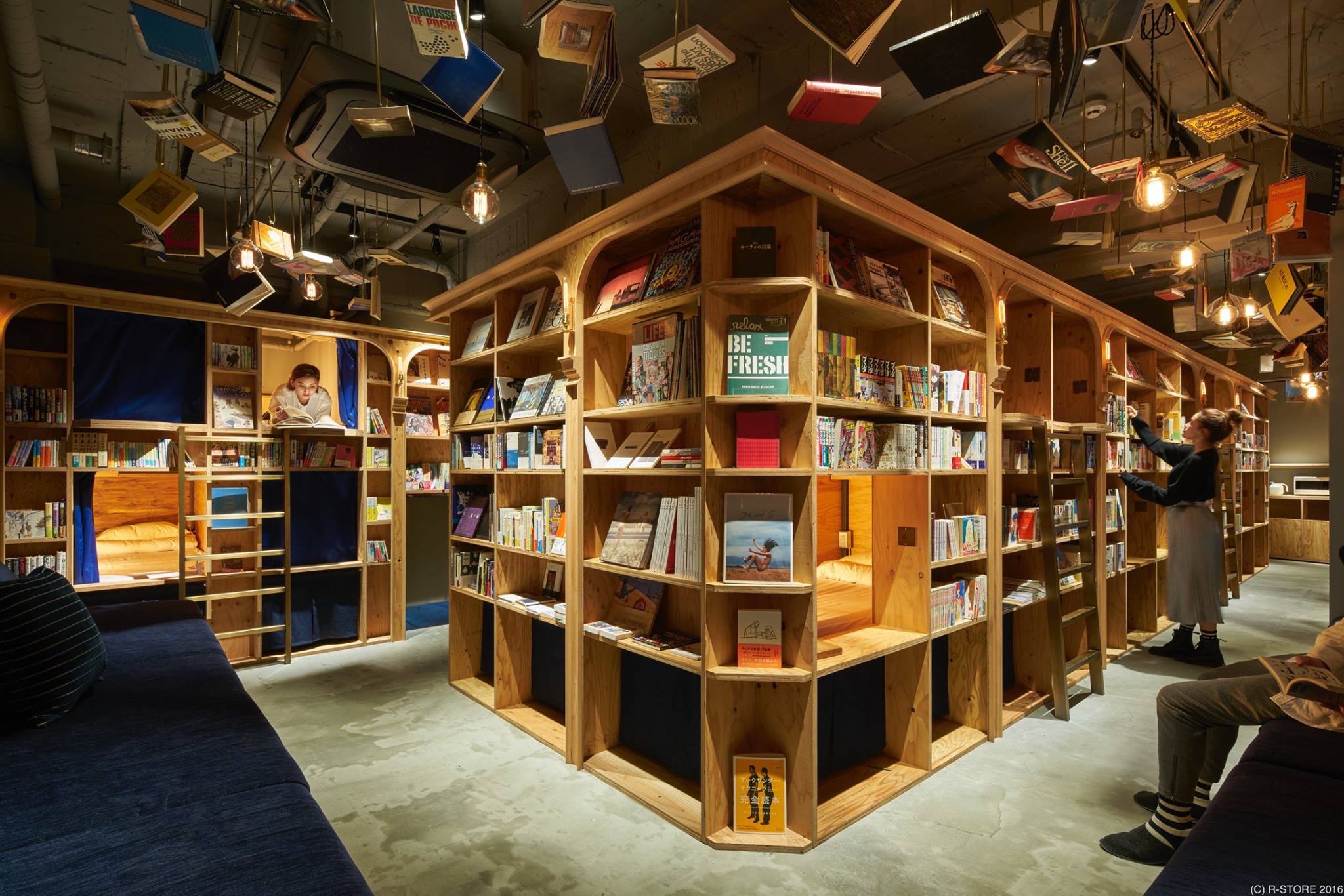
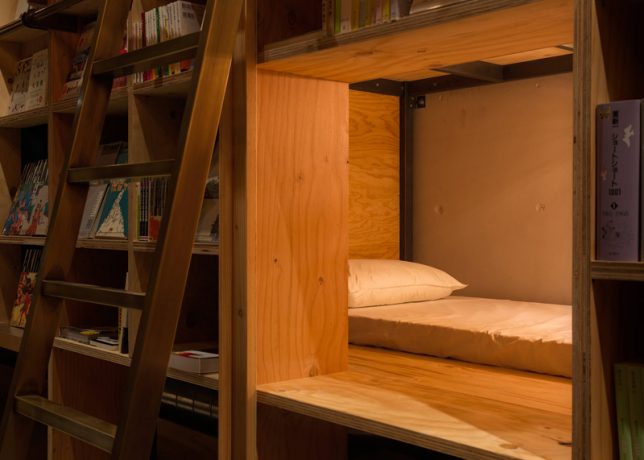
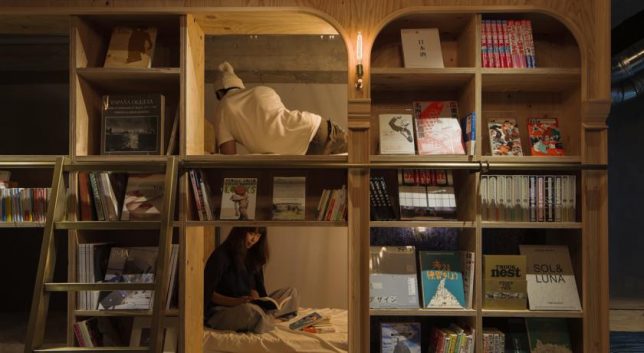
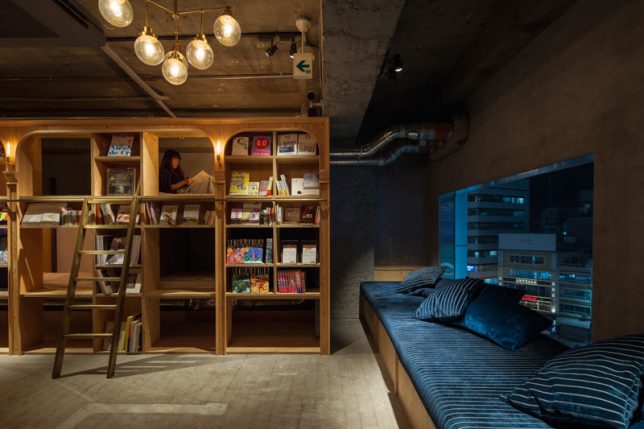
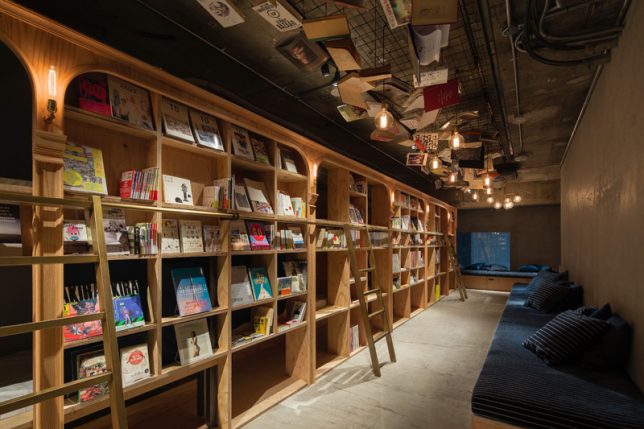
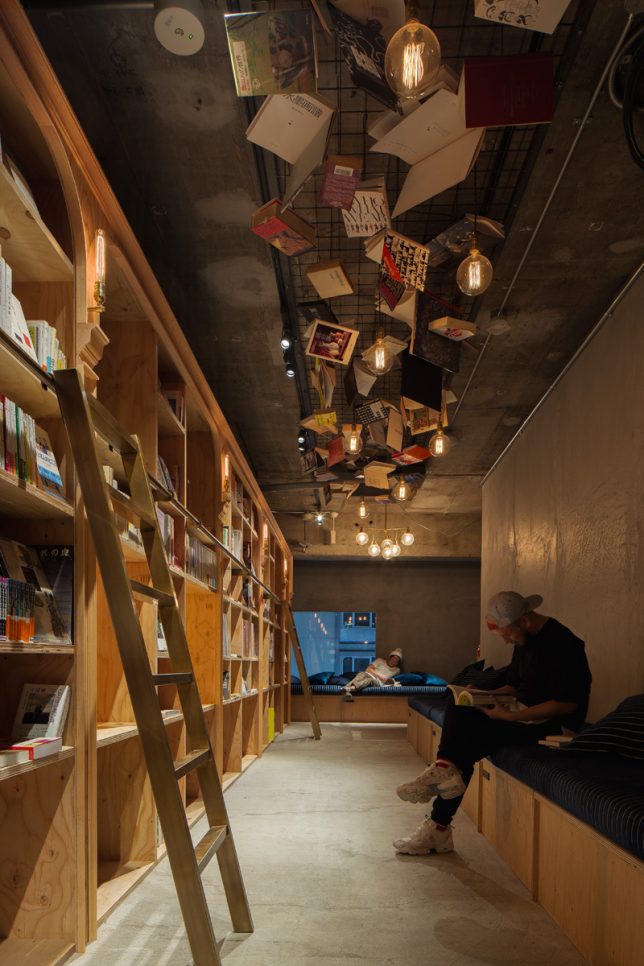
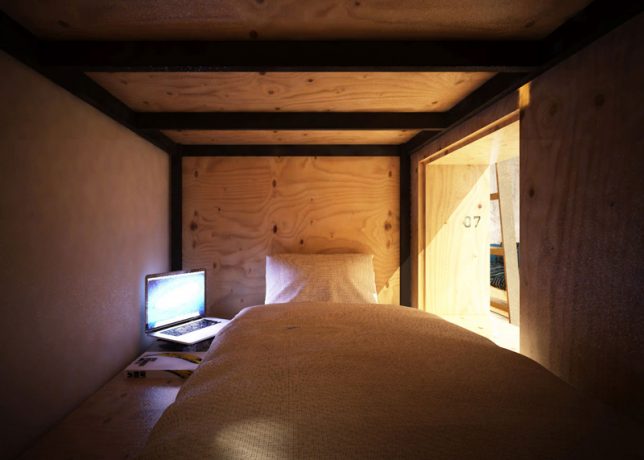




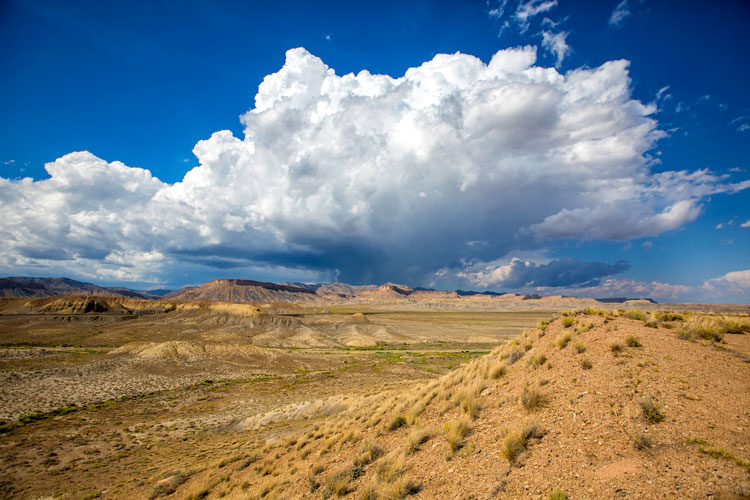
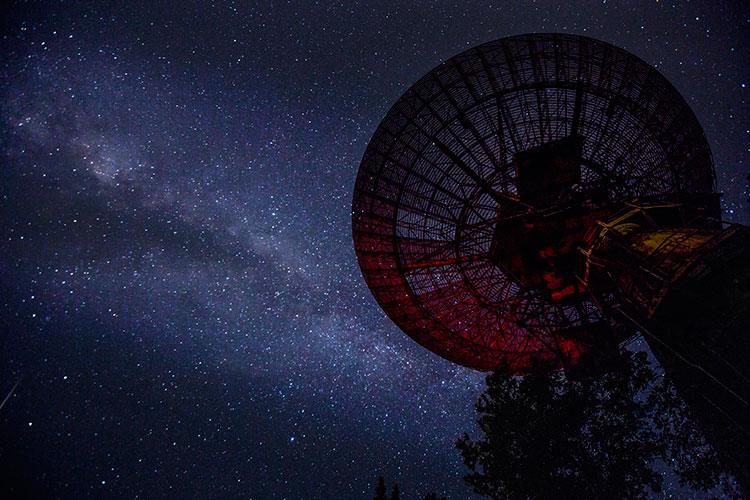
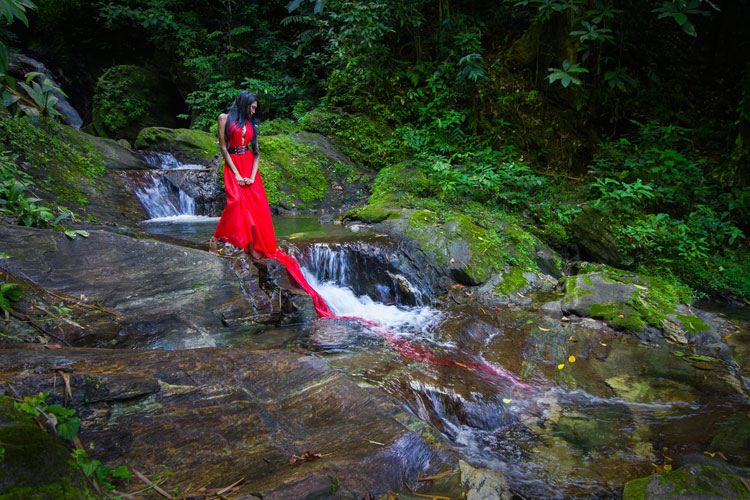



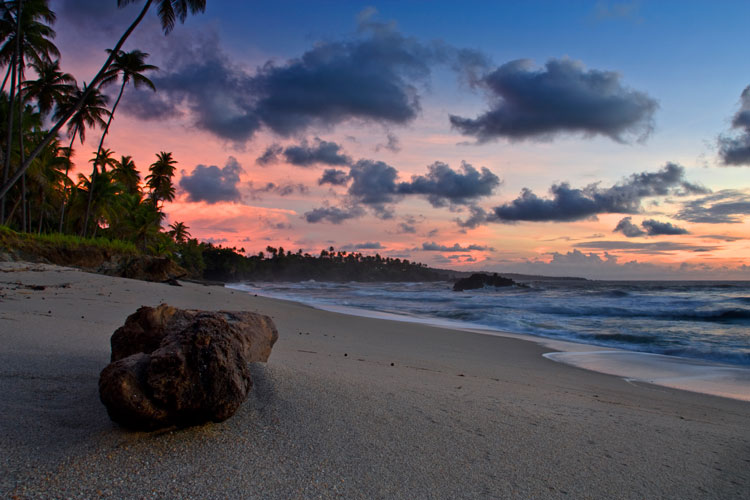
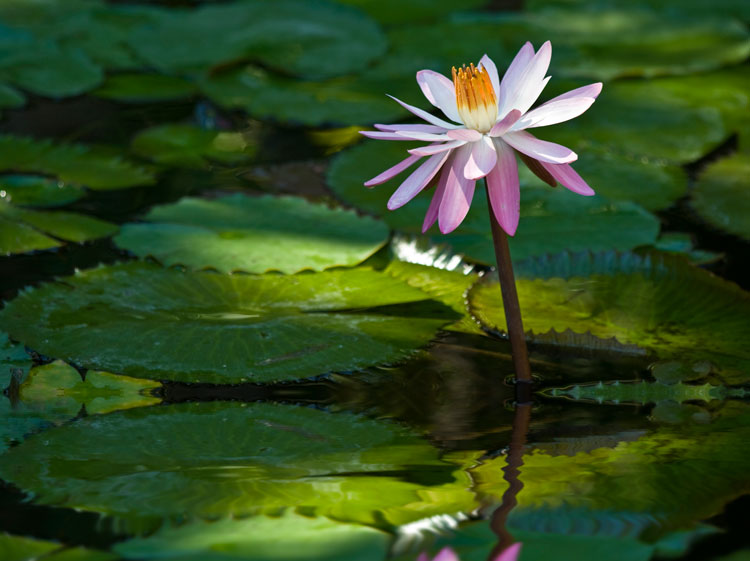

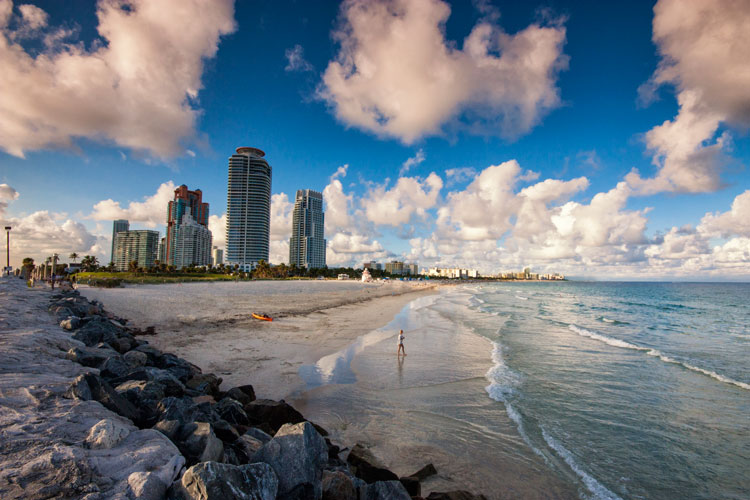












You must be logged in to post a comment.